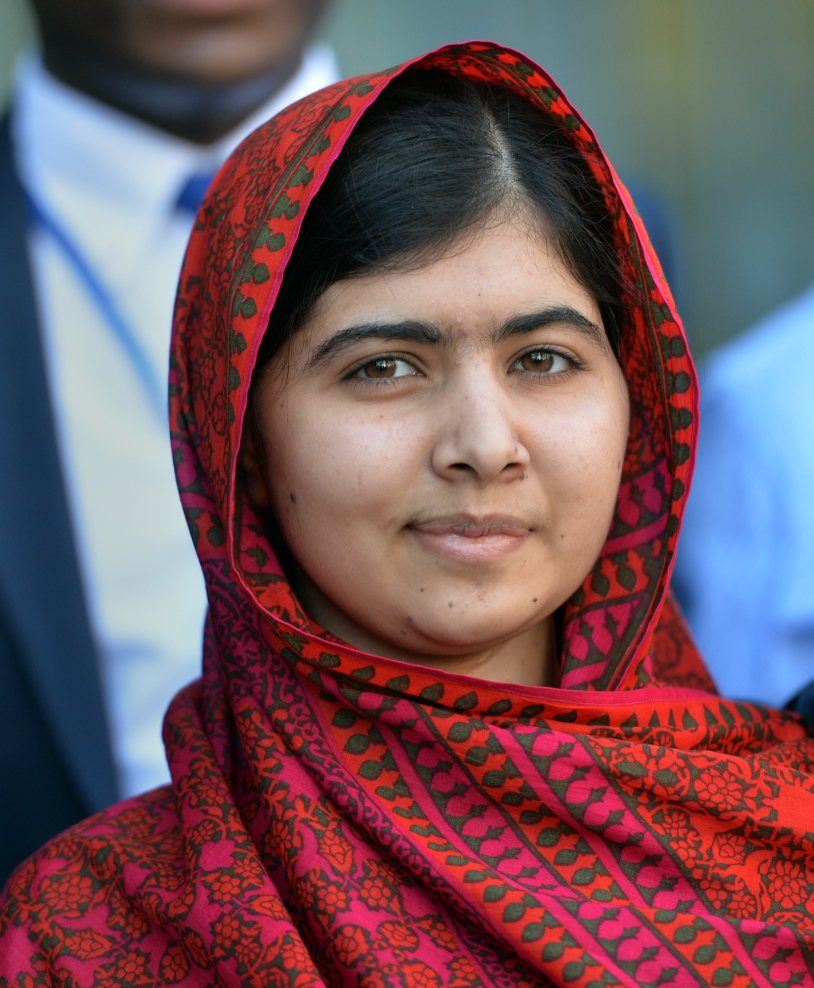It is no secret in third world countries that women are at a disadvantage starting from the day they are born. They are are inferior in many societies. Parents that live in the realities of a second class female world know what struggles and unfair social structures lay ahead of their daughters, and they take the most drastic measures possible because of it.
As children, women are fed less, denied education, and refused medical care. When they grow to be a teenager, they could be forced into marriage or sold into prostitution and labor. If they do make it to adulthood with minimal actions taken against them, they will be treated as less than farm animals and forced to have children.
This is not the life a parent would want for their child. After birth there is a decision to be made, and it is often the hardest decision a parent could ever make. In these third world countries, families turn to infanticide. They kill their baby solely based on the fact that it is a female.
However, killing their child because of the life they do not want it to live is the surface reason that looks good on paper. In reality, the truth of these baby killings is much more sickening. People would rather have one thousand sons than one single daughter. Sons can carry on the family name. Sons have the ability to bring in family income. Sons do not cost too much money. Sons can take care of their parents in old age. Parents kill their daughters because it is easier to do that than to raise them. They do not want the burden of a daughter.
Yet this epidemic of murdering female newborns is not only affecting the population rates of men versus women. In China there is a major disproportion of single young men and single young women. The one child policy in this country has caused a need for sons and a distaste for daughters. Girls can be given away to orphanages and put up for adoption or just eliminated by abortion the minute the parents find out they are expecting one. After decades of this one child law being in effect, the problems are finally settling in. Men need wives, but the lack of women around is making their search extremely hard. So, they turn to other options. One of these growing options is slave trade. Women are being taken from outlying regions of China and countries just outside the borders. These women are being pulled from their lives and forced to be wives to men they do not know. The demand needs to be met and the supply is unsuspecting, undereducated women.
Gender based infanticide is a method that is keeping women from reaching equality in the world. It keeps a culture stigma in which sons are idolized and daughters are considered close to less than human. If families keep believing that a daughter is a burden not worth having, then a world with female equality and power is one we will never see.
